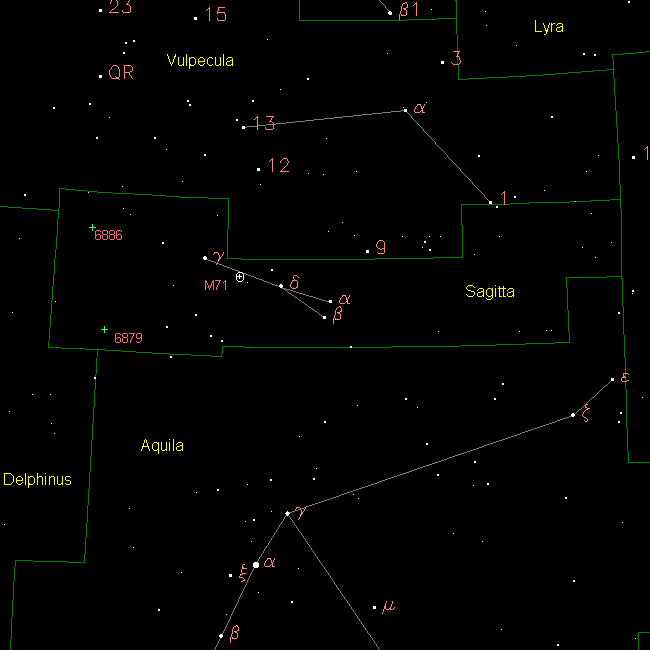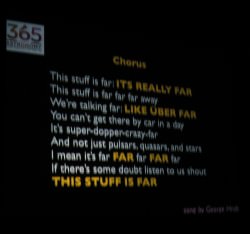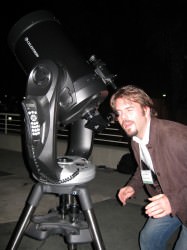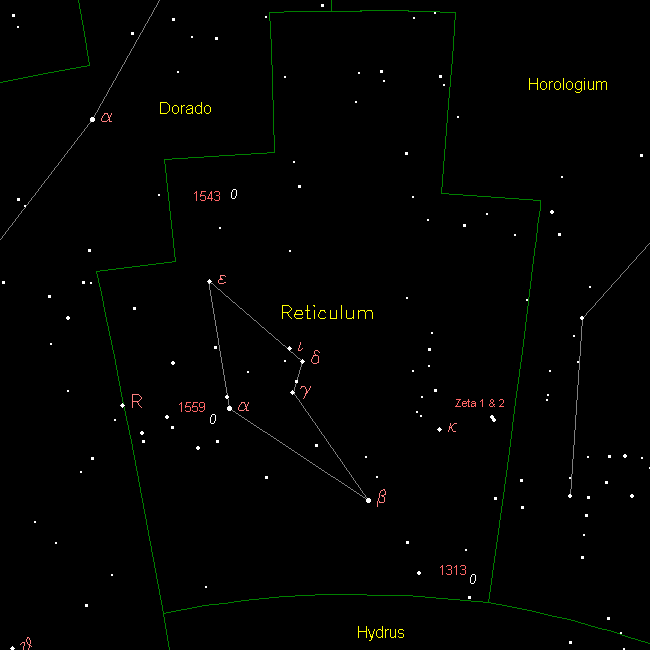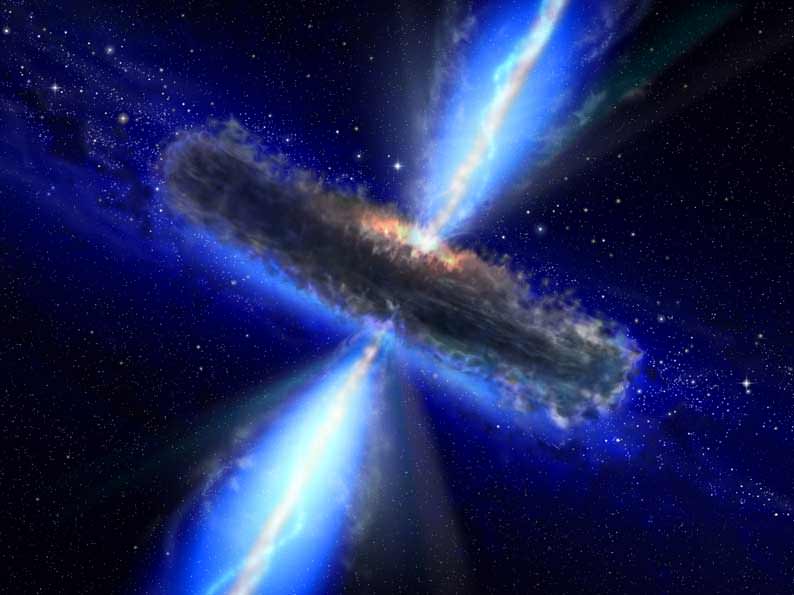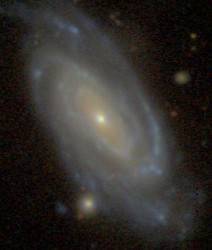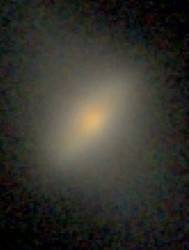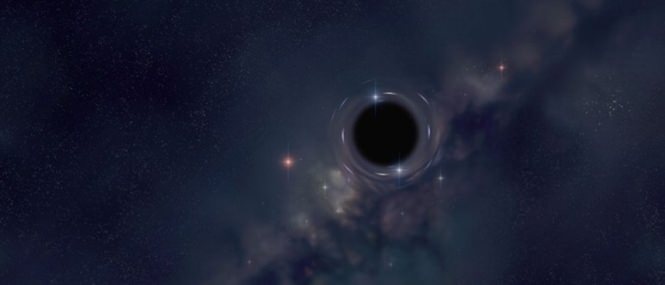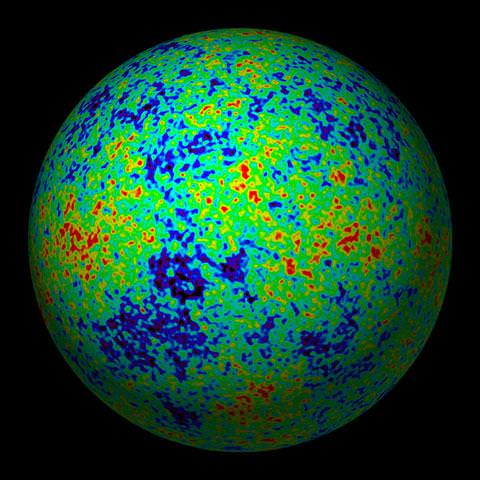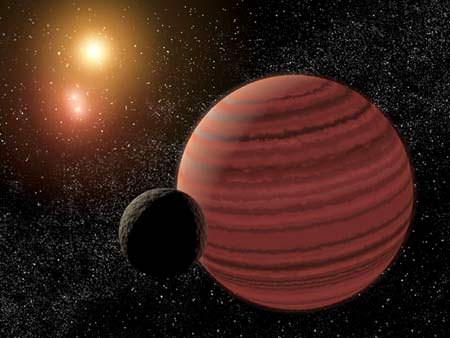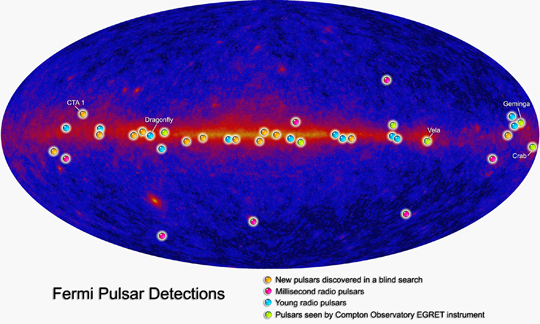[/caption]
Located south of the ecliptic plane, the small, faint constellation of Reticulum was first named Rhombus by astronomical clock creator – Isaac Habrecht. It was later renamed Reticulum by Nicolas Louis de Lacaille in 1763. It spans 114 square degrees of sky, ranking 82nd in constellation size, has 4 main stars in its primary asterism and contains 11 Bayer Flamsteed designated stars within its confines. Reticulum is bordered by the constellations of Horologium, Dorado and Hydrus. It is visible to all observers located at latitudes between +23° and ?90° and is best seen at culmination during the month of January.
Since Reticulum is a “new” constellation, there is no mythology associated with it – only the story of how its name came to be. Originally named Rhombus by Isaac Habrecht, it was a name the fit the star pattern, considering a rhombus is a basic diamond pattern. Habrecht and his brother were talented Germany clock makers and one of their specialities was in fashioning astronomical clocks. As a matter of fact, they built the second astronomical clock in Strasbourg between 1571 and 1574. It was designed by mathematician Christian Herlin, and as well as the Habrecht brothers, had astronomer and musician David Wolckenstein to assist. This fantasy clock had a staircase, huge amounts of artwork, musical embellishments, but was best known for its complexity as an astronomical device. It had a calendar dial, the astrolabe, the indicators for planets and eclipses… and a celestial globe. When Lacaille made his sojourn to the Cape of Good Hope, his intent wasn’t to usurp Habrecht’s place in astronomical history – but to unify astronomical catalogs. In an attempt to honor instruments of science and his telescope for which he used to chart the southern skies, Lacaille named this trapezoidal collection of stars Reticulum, the Latin derivative for the reticule crosshairs on his spyglass which enabled him to accurately pinpoint star positions. The name Reticulum stuck and was later adopted as one of the 88 modern constellations by the International Astronomical Union.
Let’s begin our binocular tour of Reticulum with its brightest star – Alpha – the “a” symbol on our chart. Alpha Reticuli is a yellow G class giant star which is about 163 light years away from Earth. It shines about 237 times brighter than our Sun and is about 21 times larger. It will eventually end its life quietly as a white dwarf star. But, take out your telescope and have a closer look! You’ll find out that Alpha is also a binary star with a very disparate 12th magnitude companion star nearby. While the star hasn’t moved in the last 150 years, the pair does display the same proper motion.
Keep binoculars handy and hop west for Zeti Reticuli. This binary star system located about 39 light years away from our own solar system. The pair of twin suns are very much like our own in temperature and mass – yellow dwarf stars – but it’s there the similarities end. At one time, astronomers believed the Zeta pairing to be old galactic halo Population II subdwarf stars, but recent research indicates the may belong to the younger galactic disk population. This makes the twin Zetas far older than our Sun – in the neighborhood of 8 billion years old. And they aren’t moving along alone! The pair belongs to the Zeta Herculis Moving Star Group. Both stars share similar proper motions and distances – and despite being so widely spaced, they are a true binary star with an orbital period of an estimated million years!
While viewing Zeta, keep in mind all the legends behind this particular pair. In 1961, alien abductees – Barney and Betty Hill – were “taken” by citizens who imparted information to Betty that their home star was the Zeta system. After a map was constructed by an amateur astronomer and eventually debunked by Carl Sagan, then later sensationalized by Bob Lazar, the Zeta “planet” theory eventually went into hibernation for fear of media attention. On September 20, 1996 a tentative discovery of a “hot Jupiter” in the Zeta system was discovered and quickly retracted as being “pulsations” from the star… and while conditions are possible for Earth-like planets to exists around these twins suns, low solar metallicity makes their presence unlikely.
Before you give up planetary hopes, hop to Epsilon Reticuli – the backwards “3” symbol on our map. Now here’s a binary system located approximately 59 light-years away that really does have a confirmed planet! The primary star is an orange subgiant star, while the secondary star is a white dwarf star. As of 2000, an extrasolar planet has been confirmed to be orbiting the primary star in the system! It is roughly the size of Jupiter and it orbits around the star every 418 days. What’s more, there could possibly be an Earth-like trojan accompanying it!
For binoculars, keep a watch on R Reticuli – a Mira-type variable star. While it takes 278.3 days for it to go through it’s changes, they are very dramatic. You’ll find this incredible star begins by shining at respectable magnitude of 6.5 only to virtually turn telescopic at magnitude 14 during its minima. Now that’s variable!
For a small telescope and big binocular challenge, try your hand at NGC 1313 (RA 3 : 18.3 Dec -66 : 30). At magnitude 9 and more than 8 arc minutes in size, this starburst galaxy is often referred to as the “Topsy Turvy” because of its unusual supershell spiral galaxy structure. Located about 15 million light years away, large telescopes will pick out strange features, like spiral arms which are lopsided and its rotational axis is not at the center of the nuclear bar.
Now, have a go at NGC 1559 (RA 4 : 17.6 Dec -62 : 47). Although this barred spiral galaxy is over a magnitude fainter and about half the size of the last, you’ll still find it quite bright and rich in the telescope. Although it was originally thought to be a member of the Dorado Galaxy Group, this Seyfert Galaxy is all alone in space. NGC 1559 has massive spiral arms and strong star formation. It contains a small bar which is oriented nearly east-west and spans 40?. Its bar and galactic disc are the source of very strong radio emissions!
Our last galaxy is NGC 1543 (RA 4 : 12.8 Dec -57 : 44). Also about magnitude 10.5 and about 4 arc minutes in size, Dunlop 100 really is considered part of the Dorado Galaxy Group. Look for a very bright nucleus in this spiral galaxy, with a faint east to west extension!
Chart Courtesy of Your Sky.



